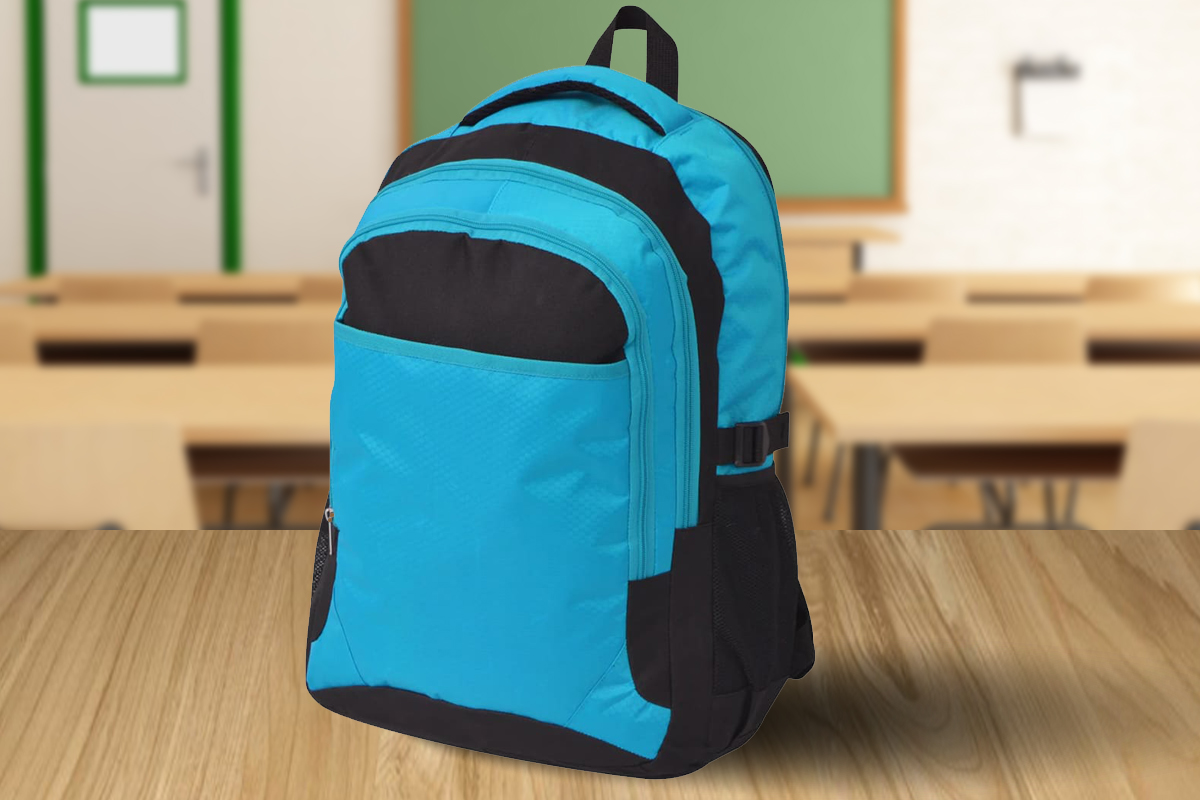Choosing a school backpack is not just a simple purchase of a study accessory, but an important element that affects the health and comfort of the child. Improperly selected backpack can lead to problems with posture and spine, cause discomfort when wearing it, as well as cause fatigue. Let’s look at the main criteria that will help you choose the perfect backpack for schoolchildren.
Comfort and ergonomics of the school backpack
Comfort is one of the key factors when choosing a school backpack. The child will wear it every day, and it is important that the load on the shoulders and back is evenly distributed.
Straps and backrest: what to look out for?
Narrow straps can cut into the shoulders and create discomfort. It is better to choose backpacks with wide, soft straps that do not press and do not rub the skin.
A school backpack should have a chest or waist strap. These straps help to better distribute weight, reducing the strain on your shoulders and back. This is especially important for younger students whose bone system is still developing.
Having an orthopaedic or rigid backrest helps maintain correct posture and prevents curvature of the spine. The backrest should fit snugly to the body, repeating its contours.
Capacity and organisation of space in the backpack
The backpack should be large enough to hold all the necessary learning materials, but not too heavy.
Optimal capacity and additional compartments
Backpacks with a capacity of up to 20 litres are suitable for primary school students, while backpacks with a capacity of 20 to 40 litres are suitable for middle and high school students. It is important that the backpack does not look bulky and does not exceed the width and height of the child’s back.
Backpacks with several compartments allow you to organise the space so that it was convenient to find the necessary items. Large compartments are suitable for textbooks and notebooks, and small pockets – for stationery, keys, wallet and phone.
Side pockets for water bottle, front compartment for small items and pockets for gadgets increase the functionality of the backpack.
Durability and material of the school backpack
The material of a backpack for a schoolboy is of great importance. It is important to choose backpacks made of durable and hard-wearing materials, so that they last as long as possible and withstand daily use:
Water-repellent coating and strong seams
A school backpack should be waterproof or have a water-repellent coating to protect your school materials from rain or accidental water spills.
Pay attention to the quality of tailoring: all seams should be neat and the zips should be strong and easy to close. This ensures that the backpack is durable and resistant to heavy use.
An example of a successful school backpack
An excellent example of a good backpack for schoolchildren can be a backpack from Kaufbei TV. It meets all the requirements of comfort, capacity and durability. Here are its main characteristics:
- School backpack with a capacity of 40 litres. This is a large enough volume to accommodate textbooks, notebooks, laptop and other necessary things.
- It is made of high quality 600D coated polyester. This material is durable, resistant to damage and waterproof, providing durability and protection from the weather.
- The backpack is equipped with two wide shoulder straps that distribute the load evenly, providing comfort for long periods of wear.
- Three large zipped compartments are designed for textbooks, notebooks and other large items, as well as office supplies.
- The front velcro compartment and two side mesh pockets are ideal for storing small items such as umbrellas, wallets or tissues that should always be handy.
Choosing a school backpack is a responsible process that requires parents to pay attention to detail. It is important that the backpack is comfortable, spacious, durable and appropriate for the age of the child.


